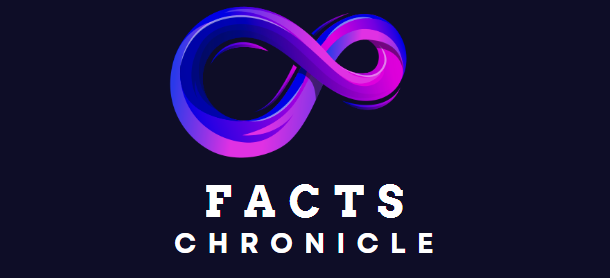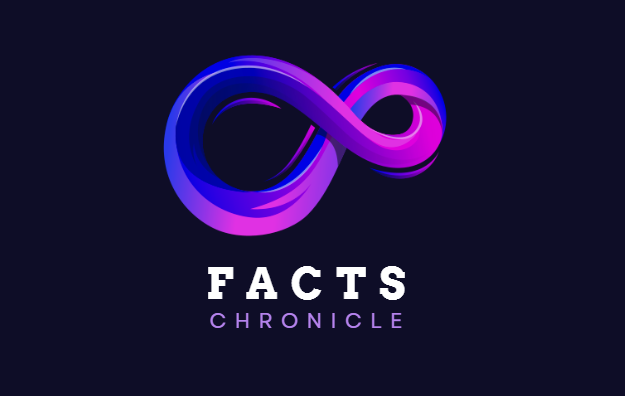YouTube is constantly looking for ways to innovate and stay ahead of the competition, and the latest feature being tested could revolutionize the way users interact with the platform. The popular video-sharing website is trialing a new filter that allows users to sort their home feed based on the primary color of video thumbnails. This move is seen as YouTube’s attempt to further compete with other platforms like TikTok and stay innovative in content recommendation.
The experimental filter, which is currently only available to a limited number of users, appears as a floating card above the first video on the home feed and offers choices of red, green, or blue. Unlike conventional sorting methods tied to moods or content themes, this new filter solely analyzes and categorizes videos by their dominant color, presenting a unique and visually stimulating way to navigate through the vast array of content available on the platform.
According to YouTube, the algorithm responsible for this color-based sorting analyzes video thumbnails to identify the dominant color, without any specific ties to moods or content themes. However, this approach presents challenges due to the diverse range of content available on the platform. While it may be less relevant for platforms like YouTube Music, where colors could align with different music genres, it could potentially impact the visual branding of channels on the platform.
Users have also expressed concerns suggesting that this experimental filter may serve more as a data collection tool than a personalized customization feature. The subconscious influence of color on purchasing decisions makes user color preferences potentially valuable information for advertisers. If implemented, YouTube could potentially leverage this data to help advertisers target specific user groups more effectively.
It is important to note that as of now, users are not obligated to use the color filter, and its availability is limited, indicating that it is still in the experimental stage. YouTube is known for experimenting with various content recommendation systems, and the outcome of this feature remains uncertain. If adopted widely, it could prompt content creators to consider color themes in their thumbnails and curated identities, potentially impacting the visual branding of channels on the platform.
The novel feature has sparked a range of opinions among users and content creators, with some expressing excitement about the potential for a more visually stimulating and personalized feed, while others raise concerns about data privacy and the influence of advertisers. The ultimate impact of this experimental filter on the platform remains to be seen, but it is clear that YouTube is committed to pushing the boundaries of content recommendation and user experience.
In conclusion, the new color-based filter being tested by YouTube has the potential to revolutionize the way users engage with content on the platform. While the feature is still in the experimental stage and its long-term impact remains uncertain, it reflects YouTube’s ongoing commitment to innovation and staying at the forefront of content recommendation. As the platform continues to evolve, it will be crucial for users, content creators, and advertisers to stay informed about these developments and adapt to the changing landscape of online video content.


